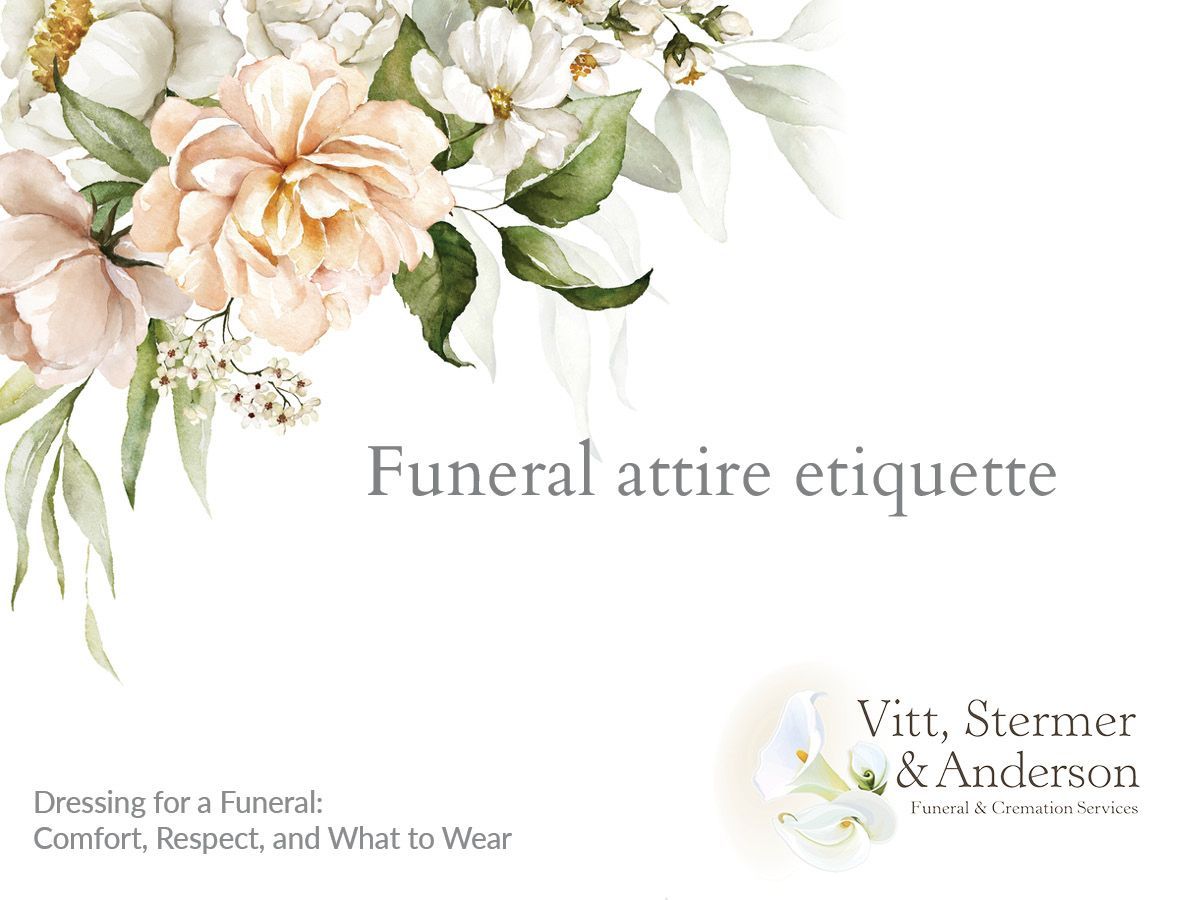365 Days of Grief Support
Sign up for one year of grief messages designed to offer hope and healing during the difficult first year after a loss
A Year of Grief Support
Sign up for one year of weekly grief messages designed to provide strength and comfort during this challenging time.
Please wait
Verifying your email address
Please wait
Unsubscribing your email address
You have been unsubscribed
You will no longer receive messages from our email mailing list.
You have been subscribed
Your email address has successfully been added to our mailing list.
Something went wrong
There was an error verifying your email address. Please try again later, or re-subscribe.
Burial Vault: What’s the Point?
Historically speaking, burial vaults were conceived as a means of protection from grave robbers. They were designed and intended to make it difficult to get into the coffin and remove valuables or even the body itself from the grave. Early vaults were made of wood and were called a “rough box” because they were rustic and unfinished in comparison to the more finely finished coffin.
In the late 1800s grave liners were in common use. These were made of brick on site at the cemetery. Bricks were fashioned right in the grave literally lining the grave space. Over time the concept of protection expanded to include protection from the elements. Family members became interested in protecting the casket or coffin from water, critters, and decomposition in general. Many families today consider “how” they care for a deceased family member to be a reflection of their love for that person and point of family pride.
When burial is selected as the final disposition of the body the deceased is most often placed in a casket. The difference between a coffin and a casket is the shape. A coffin is six-sided, it is wider toward the top third to accommodate the shoulders of the body and tapers to the foot. More commonly used in the U.S. is the rectangularly shaped casket. Caskets are most often made of wood or metal.
Wood caskets can be made of any species of wood and may be finished with ornate carving or may be very simple. The easiest way to understand the difference in cost of wooden caskets is to apply what you know about furniture. Solid mahogany will cost more than a veneer of pine. Many caskets are also made of metal. Carbon steel, stainless steel, copper, or bronze are all used. The cost and durability of a metal casket is directly related to the material from which the casket is made.
Burial in a cemetery usually requires an outer burial container. A grave liner or a vault is almost universally required by every cemetery to protect the casket and the integrity of the grave space from the weight of the earth and the heavy equipment that will pass over the grave in order to provide routine maintenance of the property. Grave liners are no longer constructed on site and made of bricks. They are most often made of concrete. Grave liners do not seal. A vault can be made of concrete or fiberglass, with or without a metal liner. Vaults will have a seal.
At this point you may be thinking, “who cares?” Well that is the thing, many people do care, and they care deeply. Others do not. This is the reason why the trip to the casket selection space at the funeral home and the process of helping a family make a choice that fits their values and budget is sensitive. Open communication regarding values and budget is essential. Funeral directors are there to help, answer questions, and explain differences. They educate and the family chooses.
So, what is the point of the vault? The point will vary from one family to the next. For some the point will be to satisfy the cemetery requirement as frugally as possible. For others the point will be to protect the integrity of the grave as much as possible. It is a matter of personal choice.
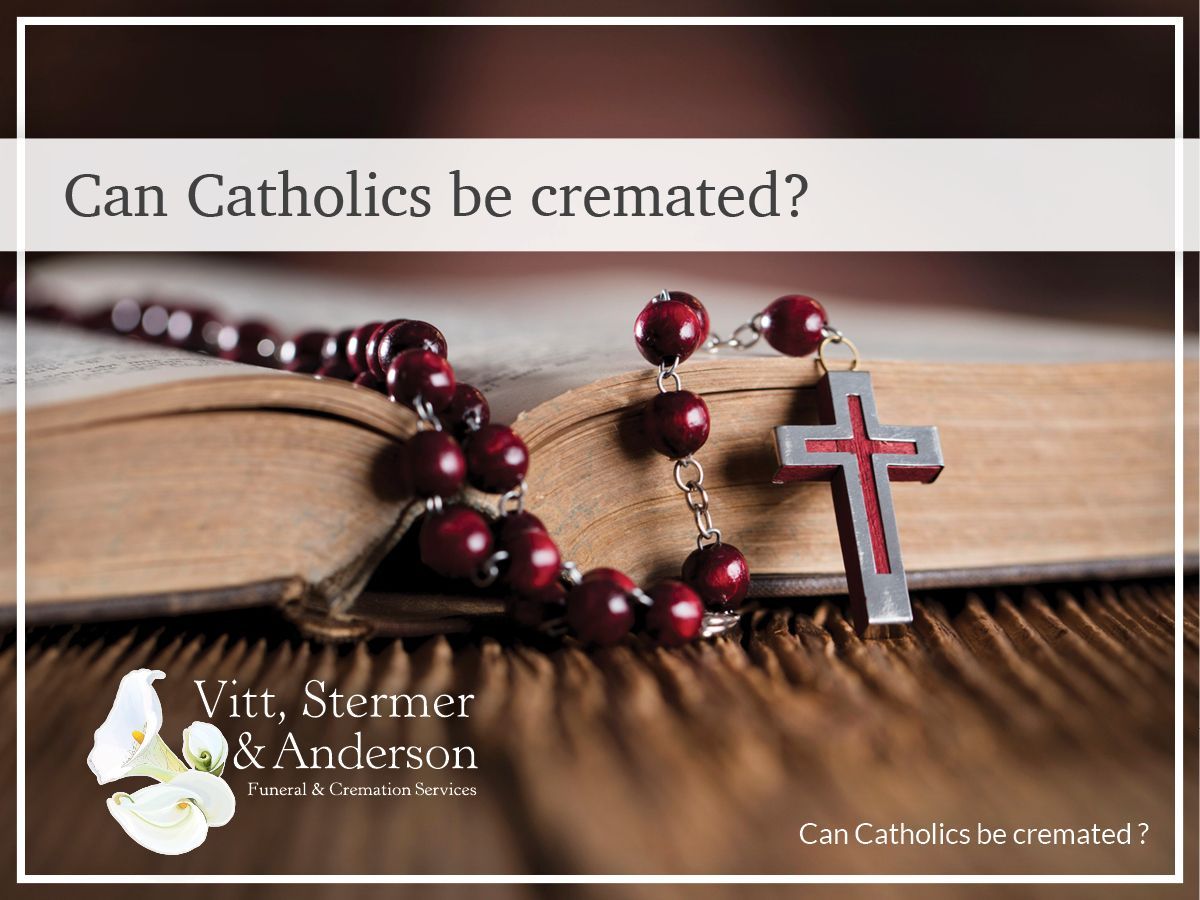
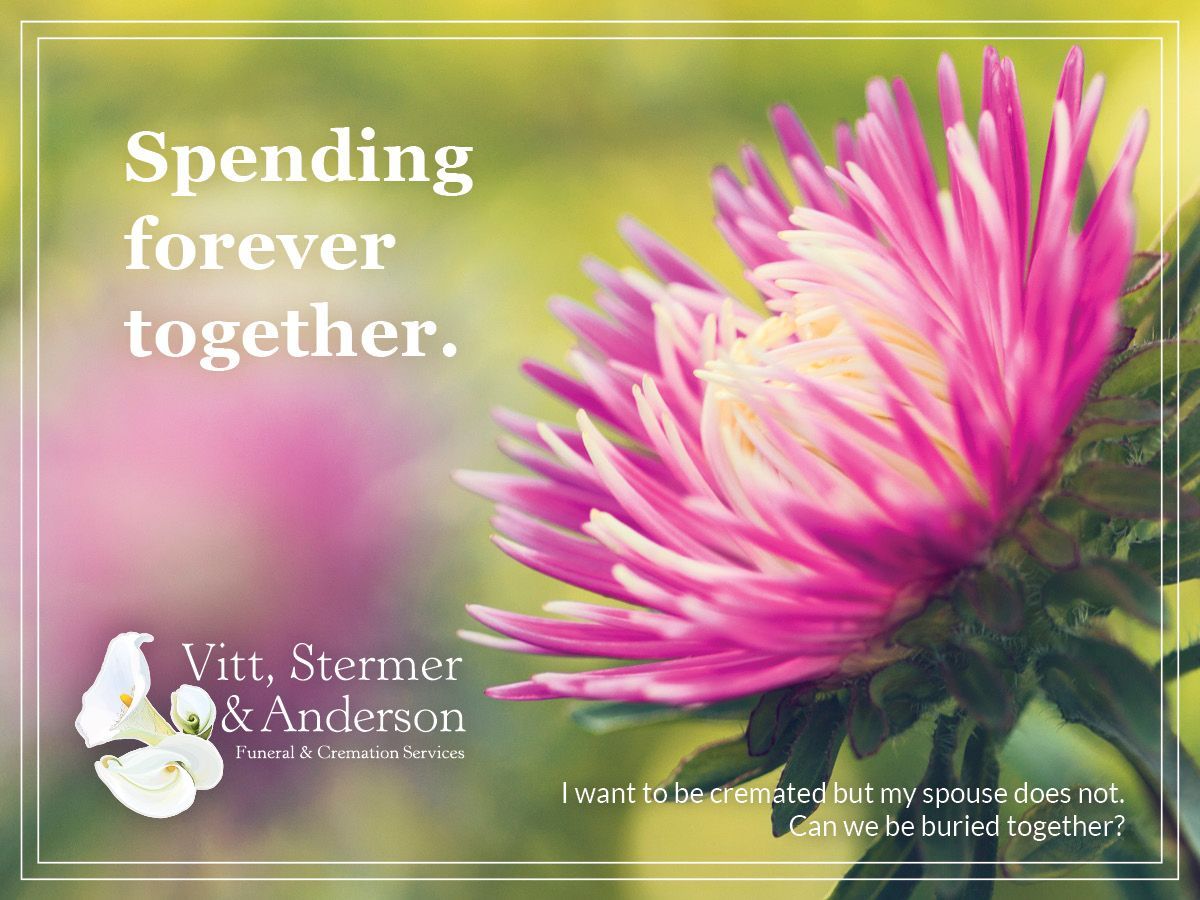
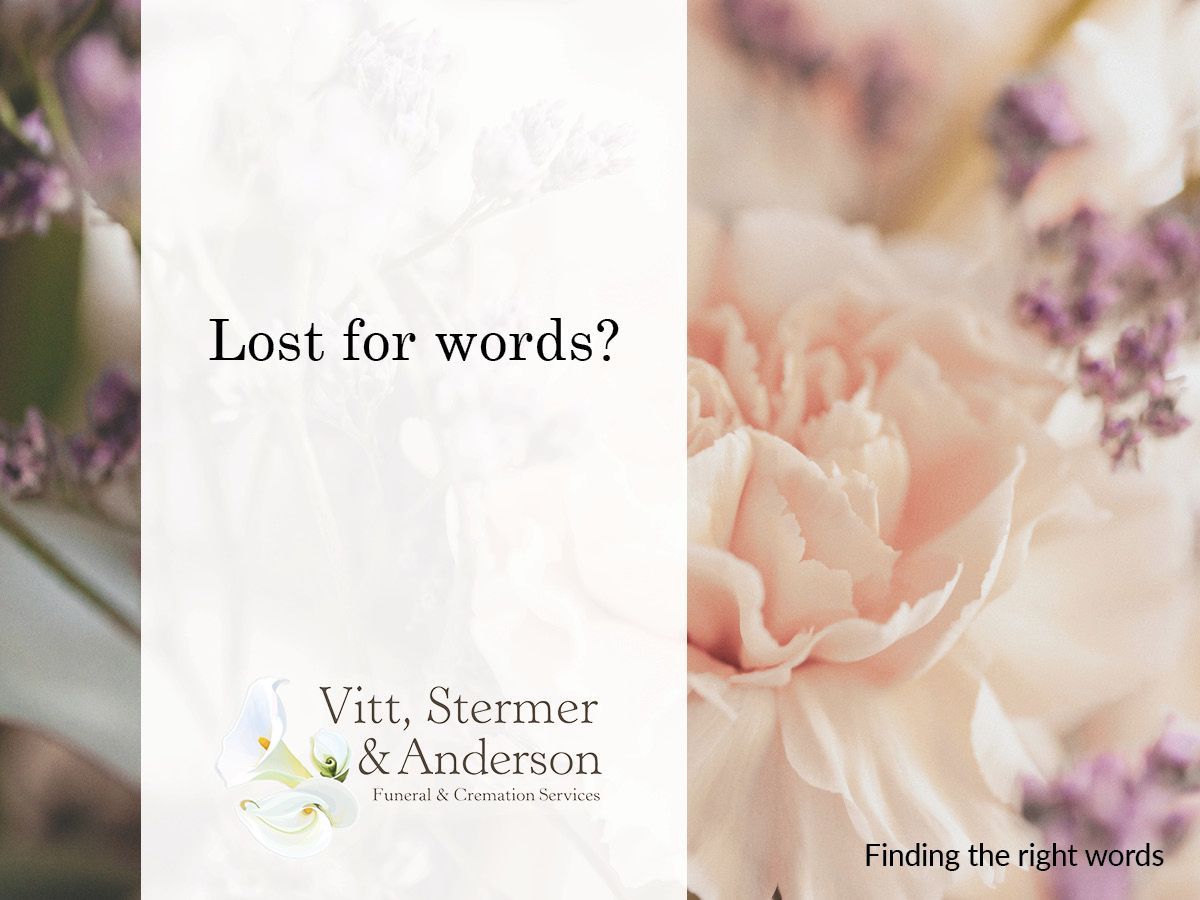

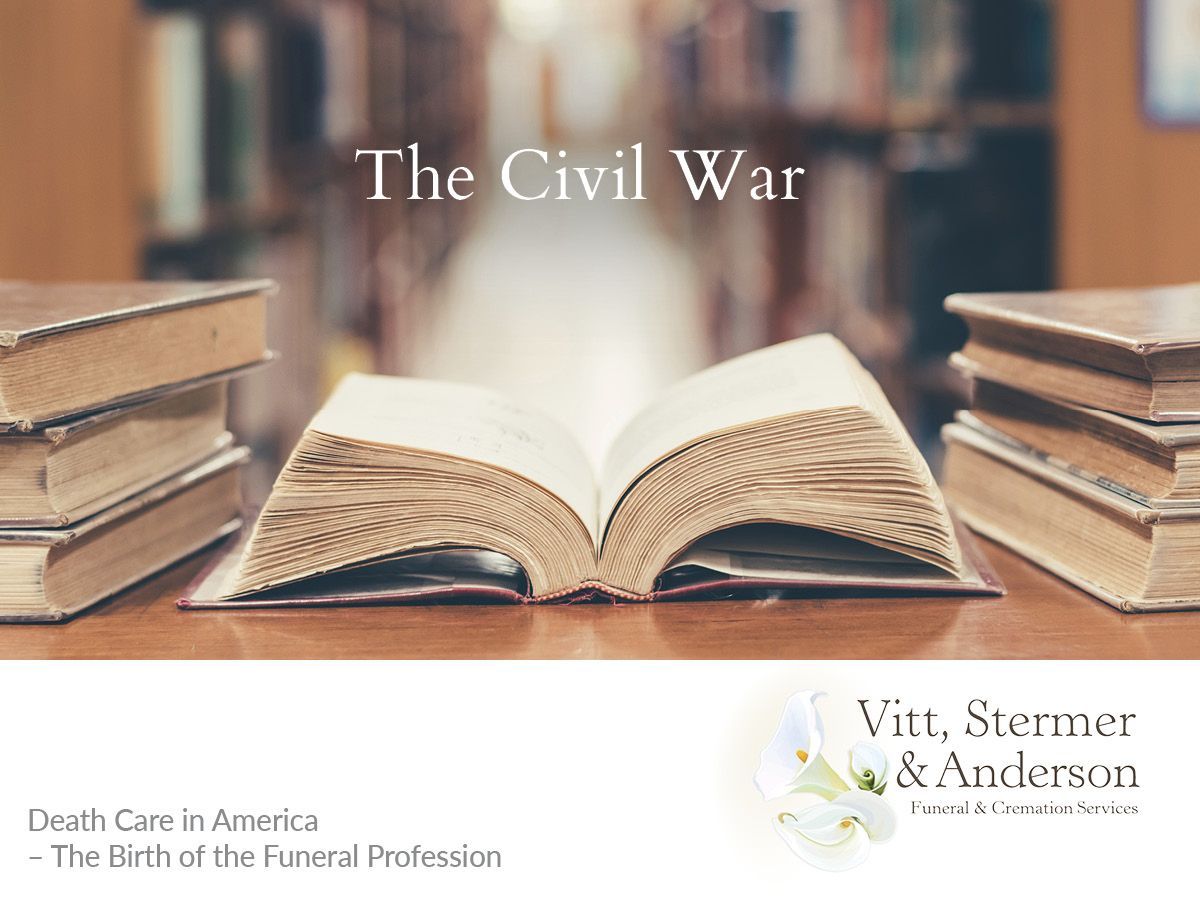

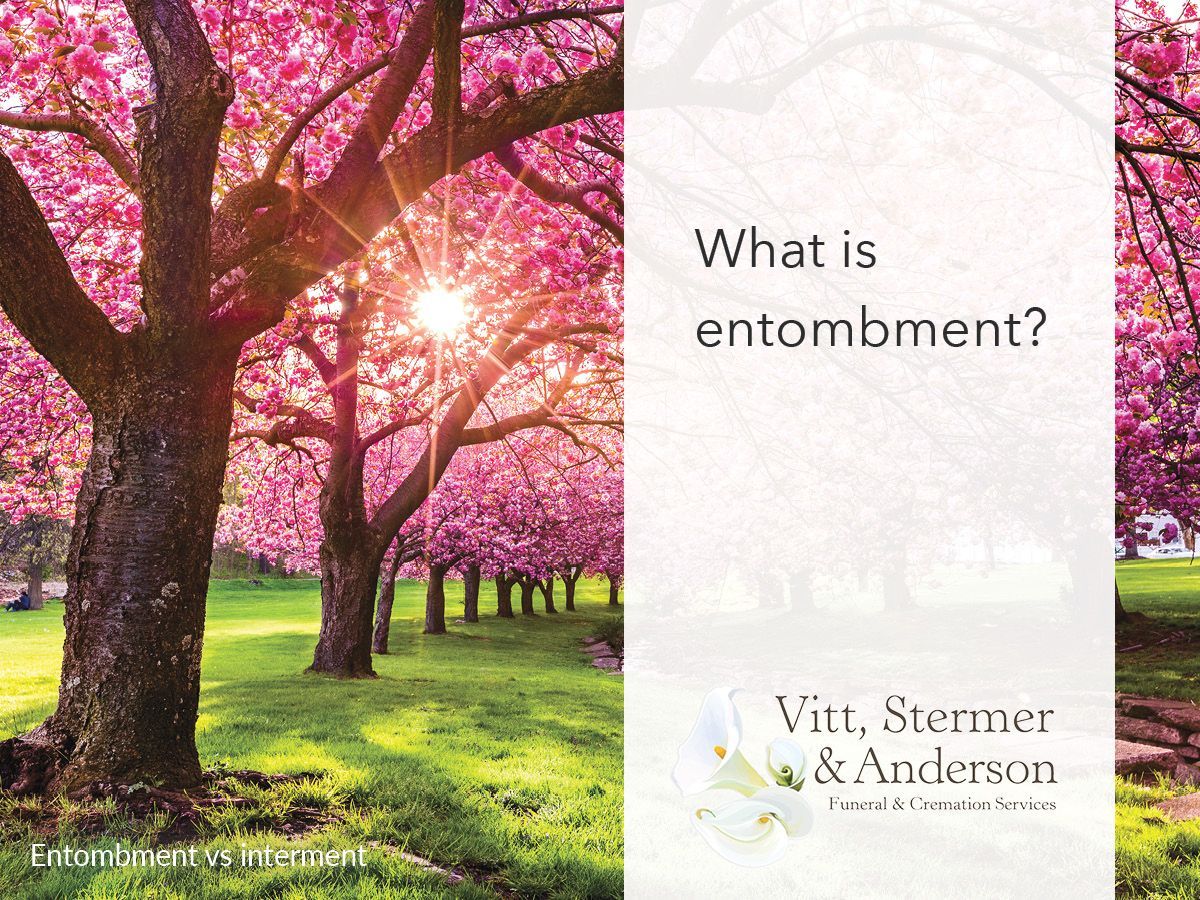
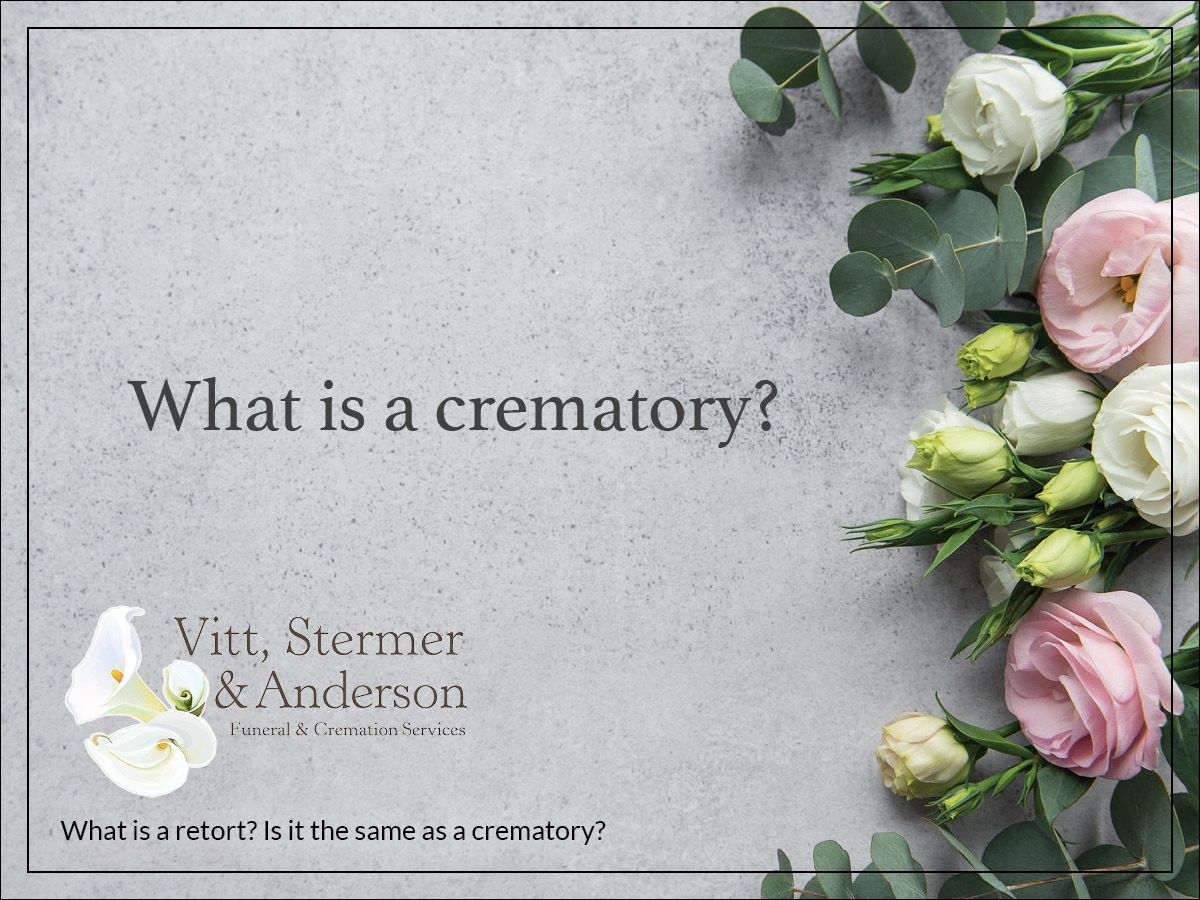

365 Days of Grief Support
A Year of Grief Support
Sign up for one year of weekly grief messages designed to provide strength and comfort during this challenging time.
Please wait
Verifying your email address
Please wait
Unsubscribing your email address
You have been unsubscribed
You will no longer receive messages from our email mailing list.
You have been subscribed
Your email address has successfully been added to our mailing list.
Something went wrong
There was an error verifying your email address. Please try again later, or re-subscribe.

